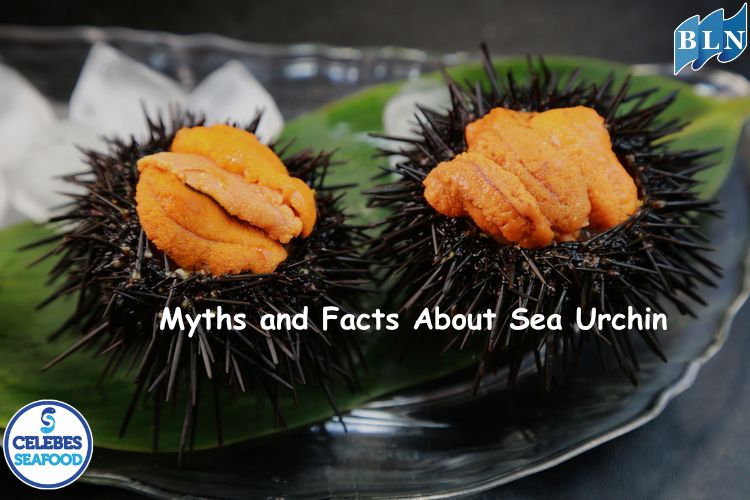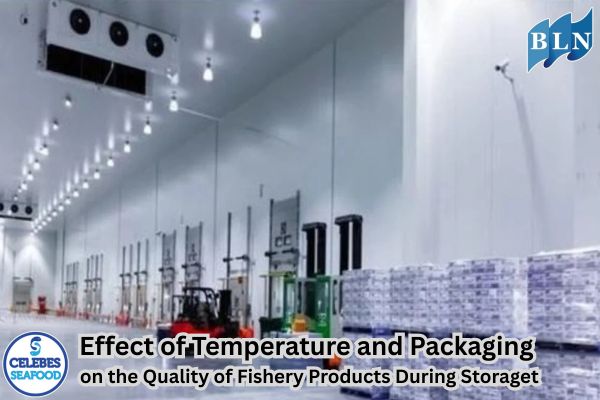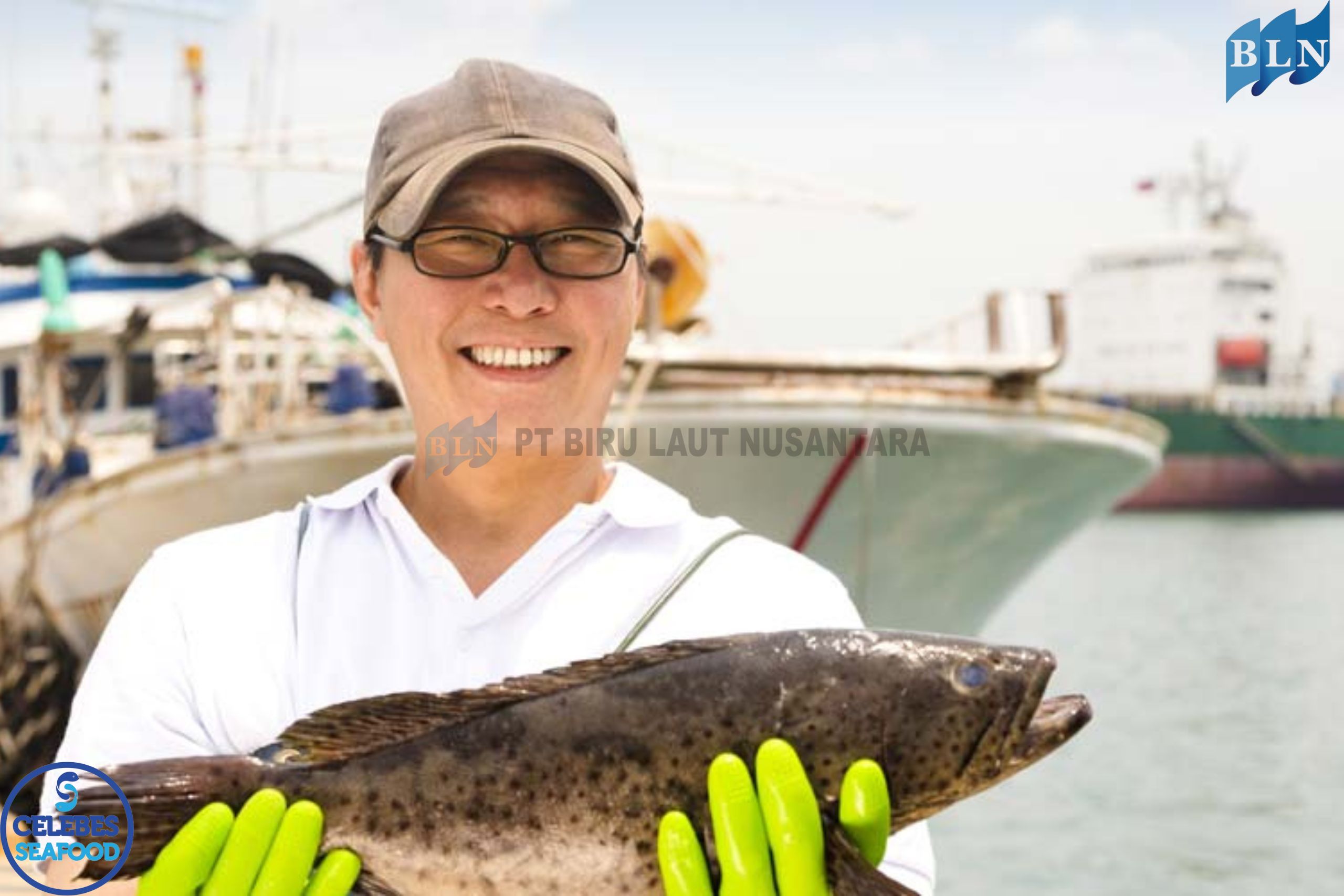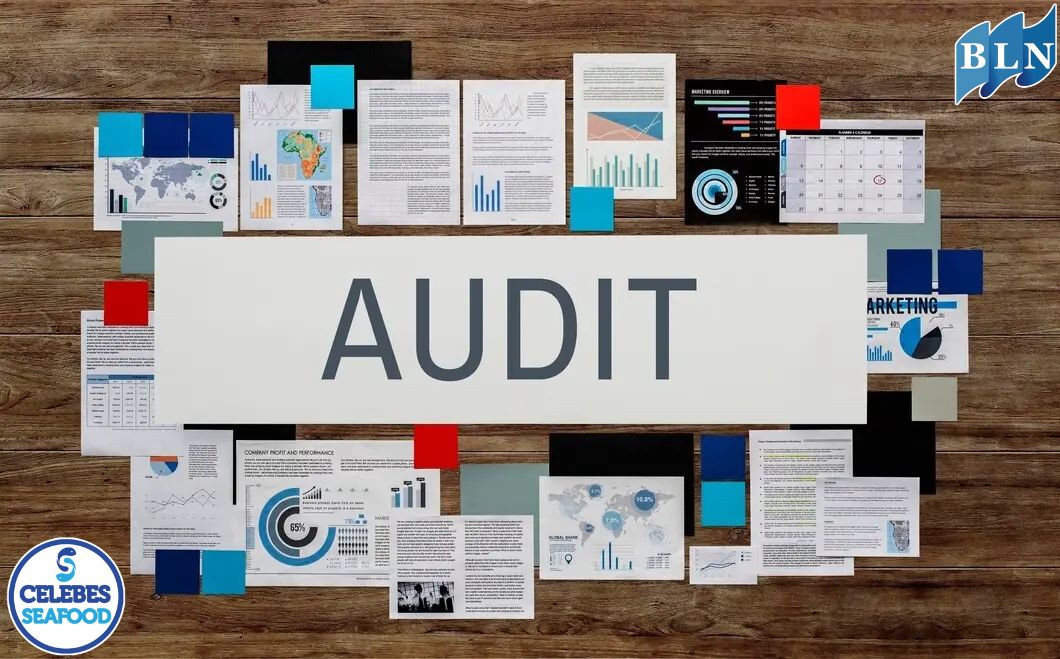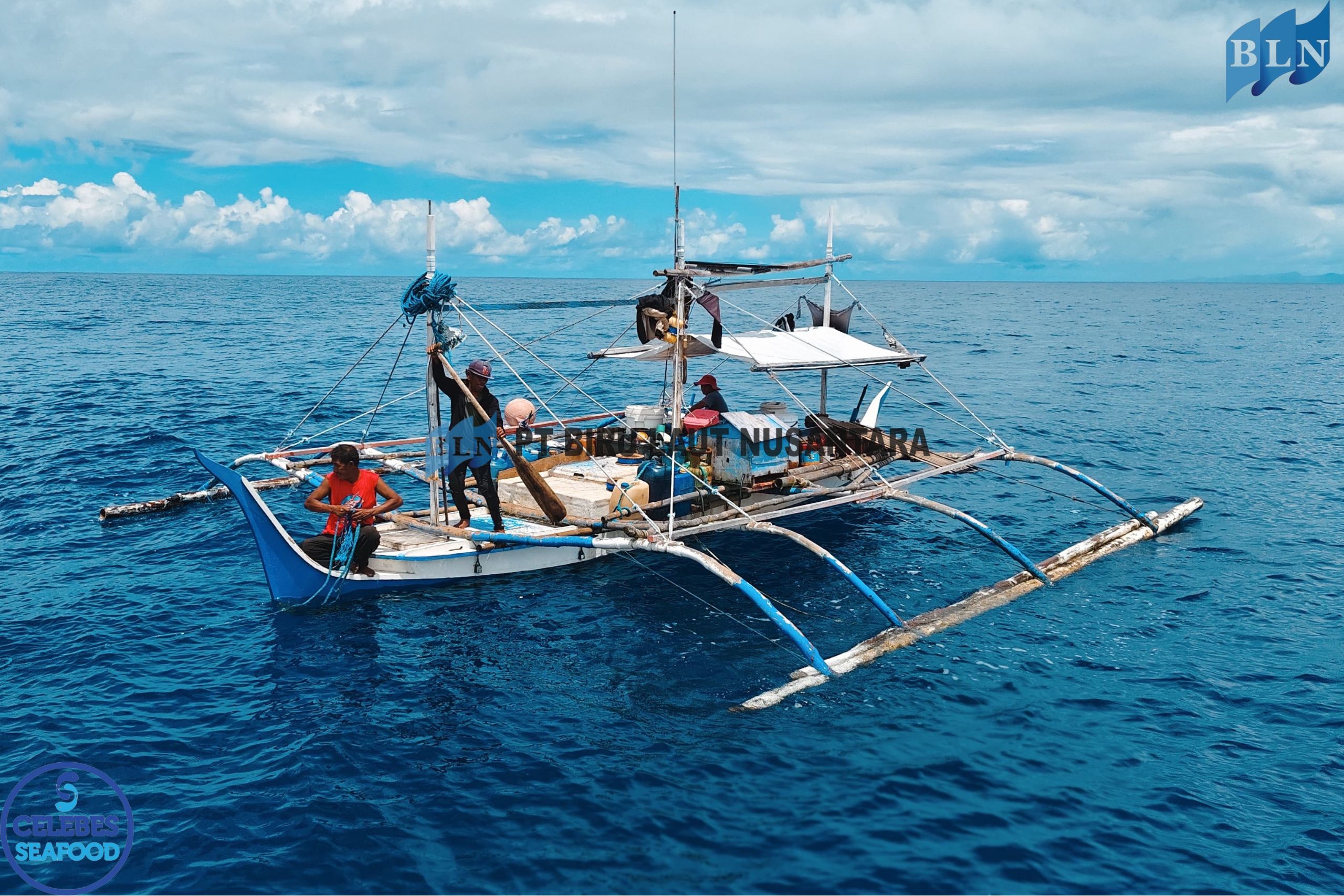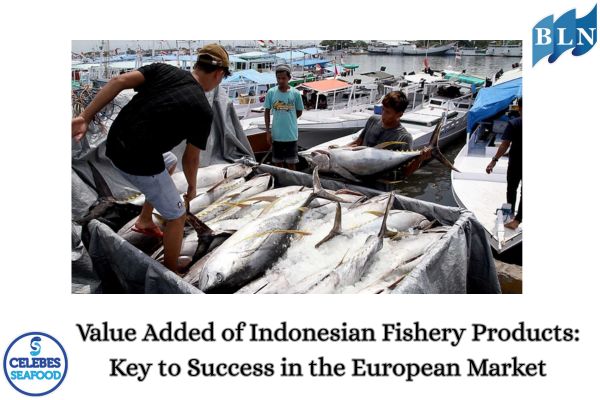Here’s You Need To Know About Lobster Farming
By. Nevanda - 19 Jun 2023
lautnusantara.com - Lobster farming can be an interesting and profitable venture. Here are the general steps you can follow for Lobster farming:
1. Pond Preparation
- Choose the right location, with clean seawater and environmental conditions that support lobster growth.
- Make the pond large enough with a minimum depth of 1.5 meters and a size that matches the number of lobsters to be cultivated.
- Make sure the pond has a good water circulation system to maintain water quality.
2. Choosing the Lobster
- Choose lobster species suitable for seawater aquaculture, such as Ornate spiny lobster (Panulirus ornatus) or Scalloped spiny lobster (Panulirus homarus).
- Obtain lobster larvae from a trusted breeder or catcher.
3. Pond Maintenance
- Clean the pond from dirt and potential diseases before introducing the lobsters.
- Add substrate in the form of rocks or corals that provide shelter for the lobsters.
4. Feeding
- Lobster are omnivorous, so you can feed them fish, shrimp, or other foods that are easily digested by them.
- Feed twice a day with sufficient portions, according to the size of the lobster you are cultivating.
5. Maintenance and Care
- Make sure the water temperature and water salinity are in accordance with the needs of the lobsters you are cultivating.
- Monitor water quality regularly, including pH, dissolved oxygen, and ammonia levels. Make water changes if necessary.
- Watch for signs of disease or infection in the lobsters. If you find sick lobsters, separate them from the healthy ones and consult to an aquaculturist or veterinarian.
Read also: Recirculating Aquaculture System For Sustainable Aquaculture
6. Harvesting
- Lobsters can be harvested once they reach a size large enough to be in high market value.
- Make sure to use harvesting methods that do not hurt the lobsters, such as using gentle hands or tools.
In addition to the steps above, it is also important to learn more about lobster farming by reading books, taking training, or consulting with experienced lobster farmers. Each species of lobster may have slightly different needs, so be sure to understand the specific needs of the lobster you are farming.
Read also: Here Is How You Scale A Fish Perfectly
